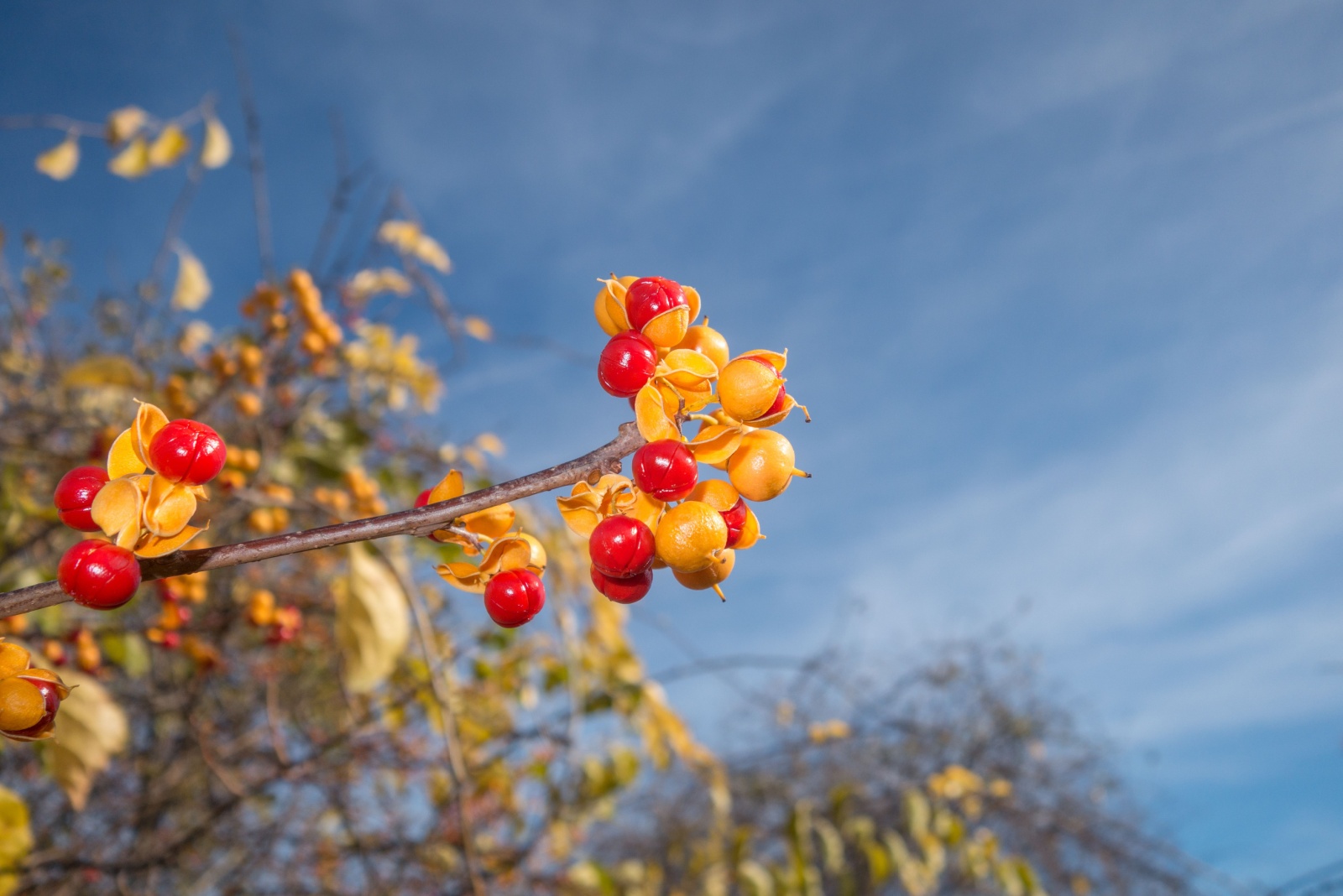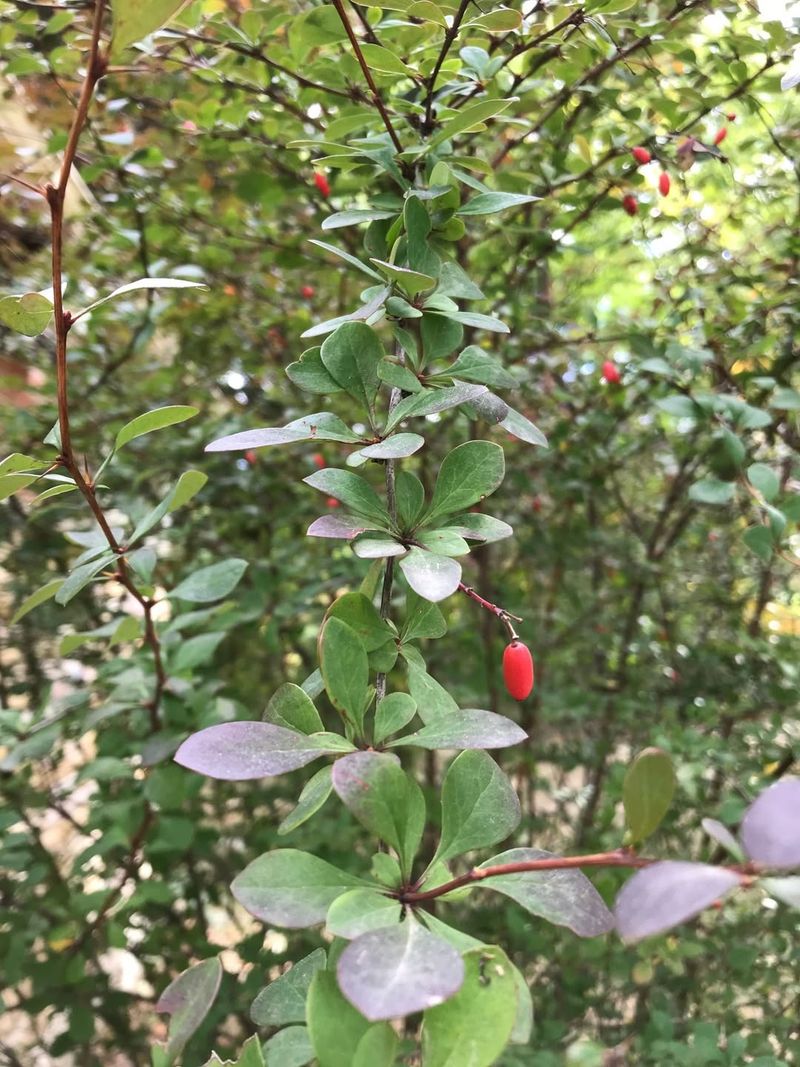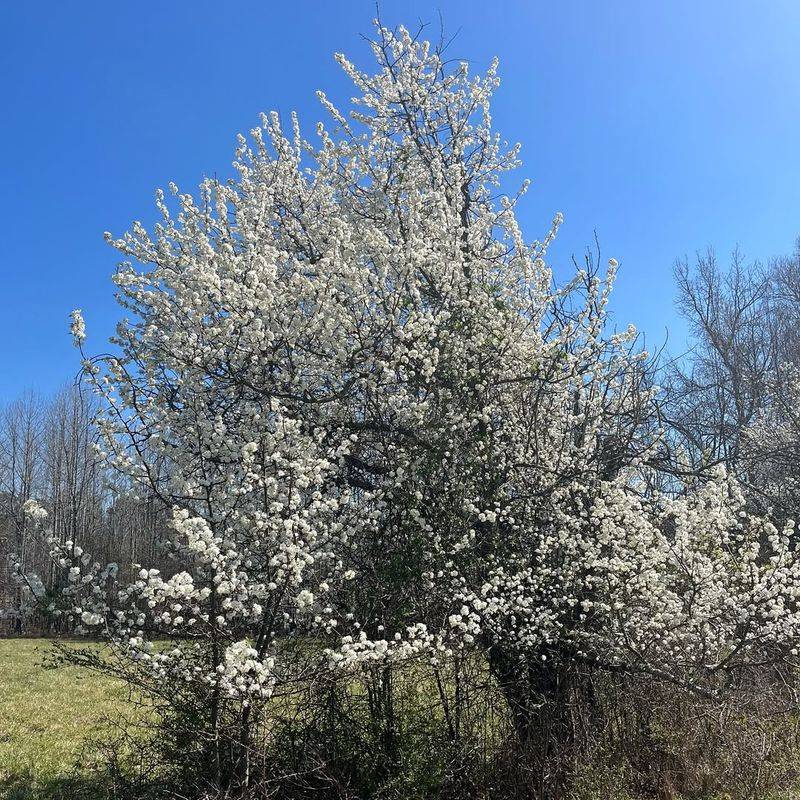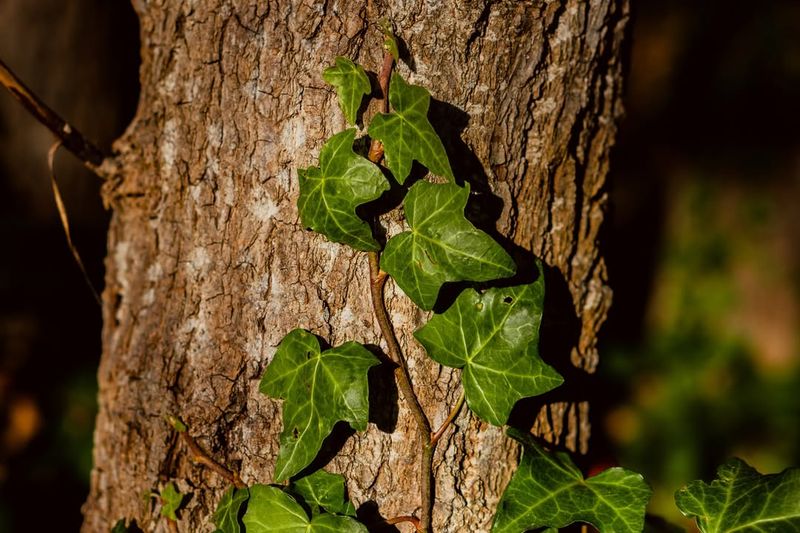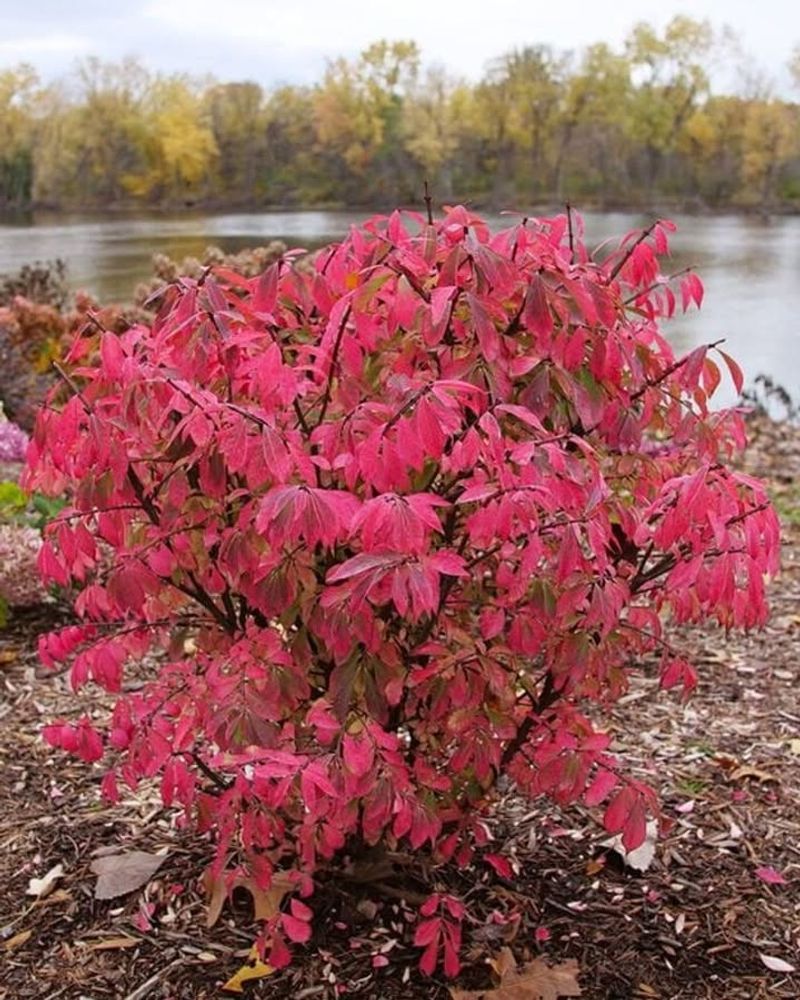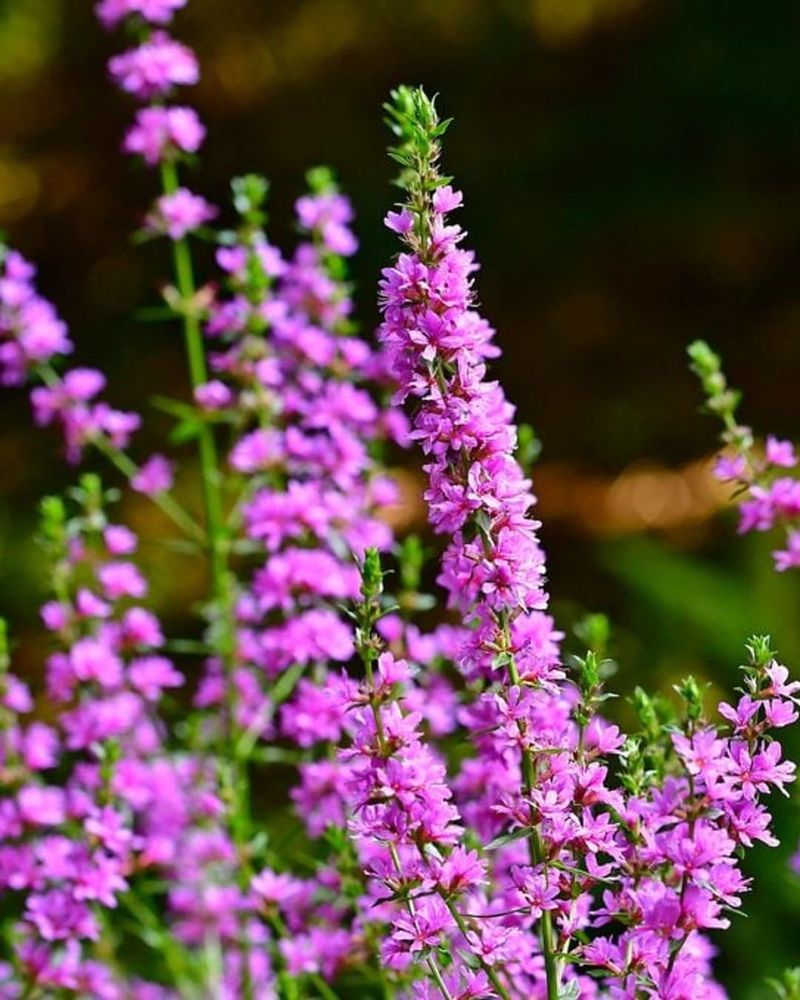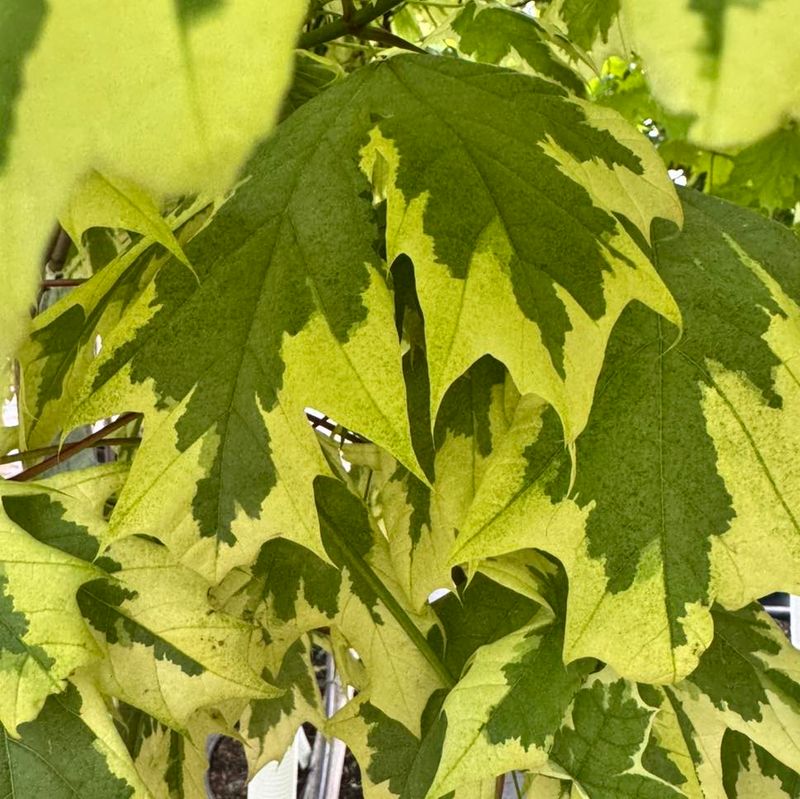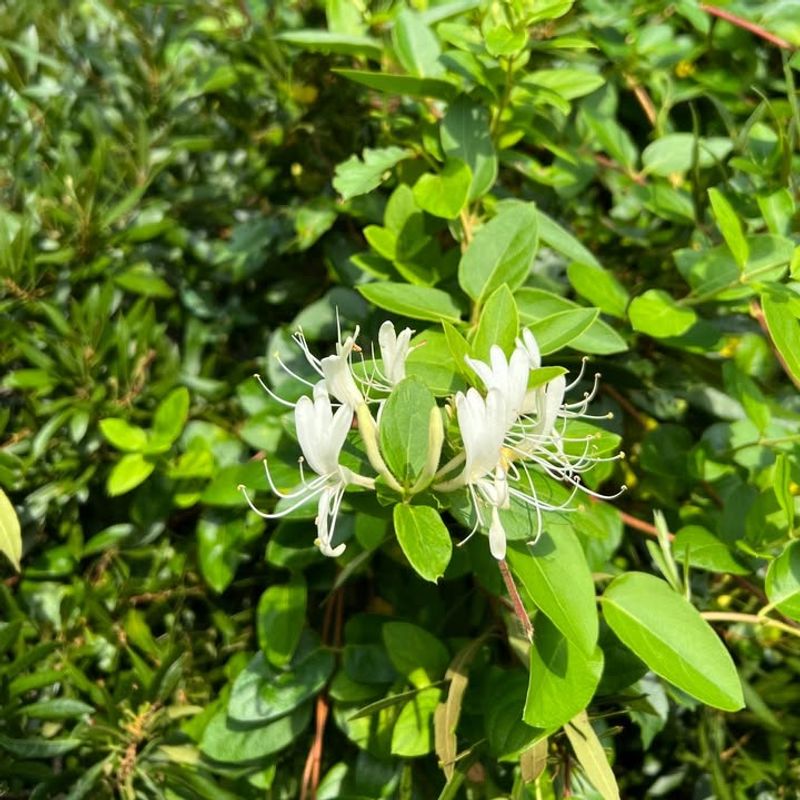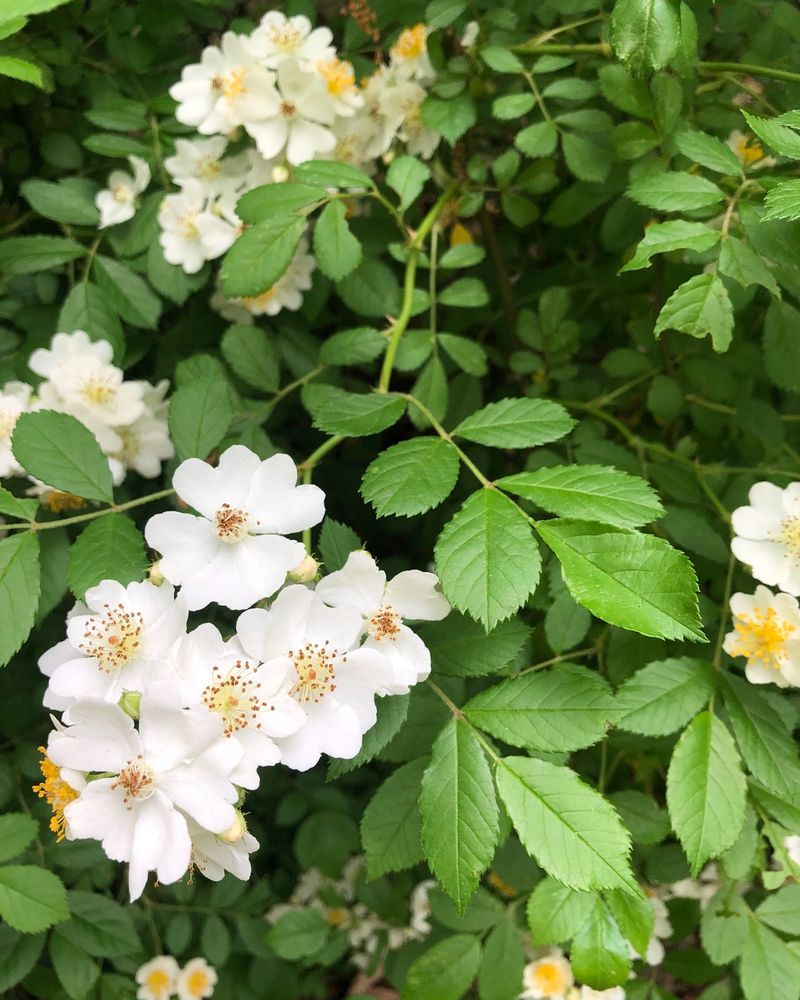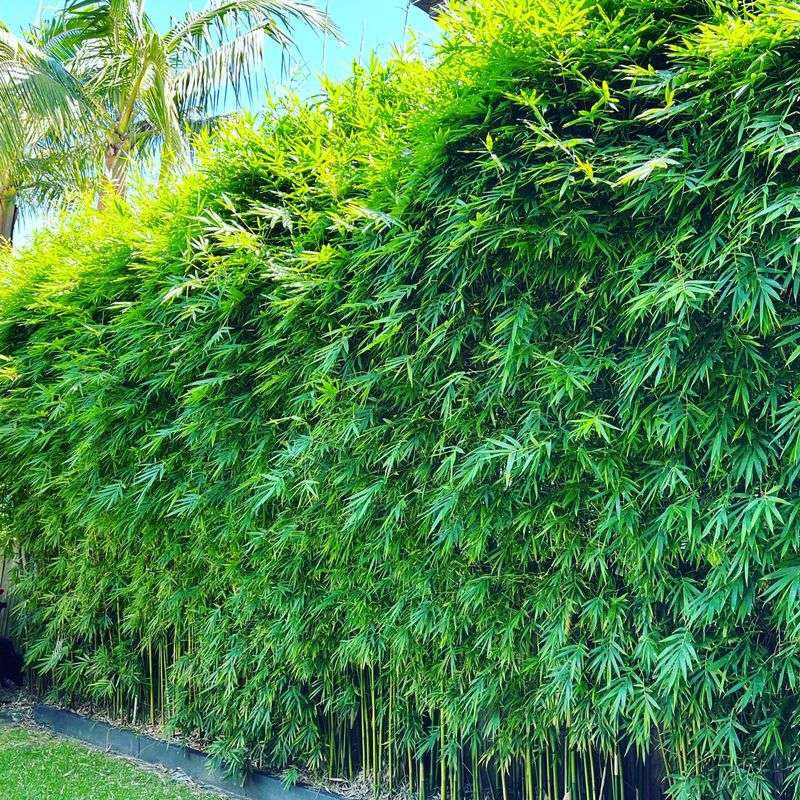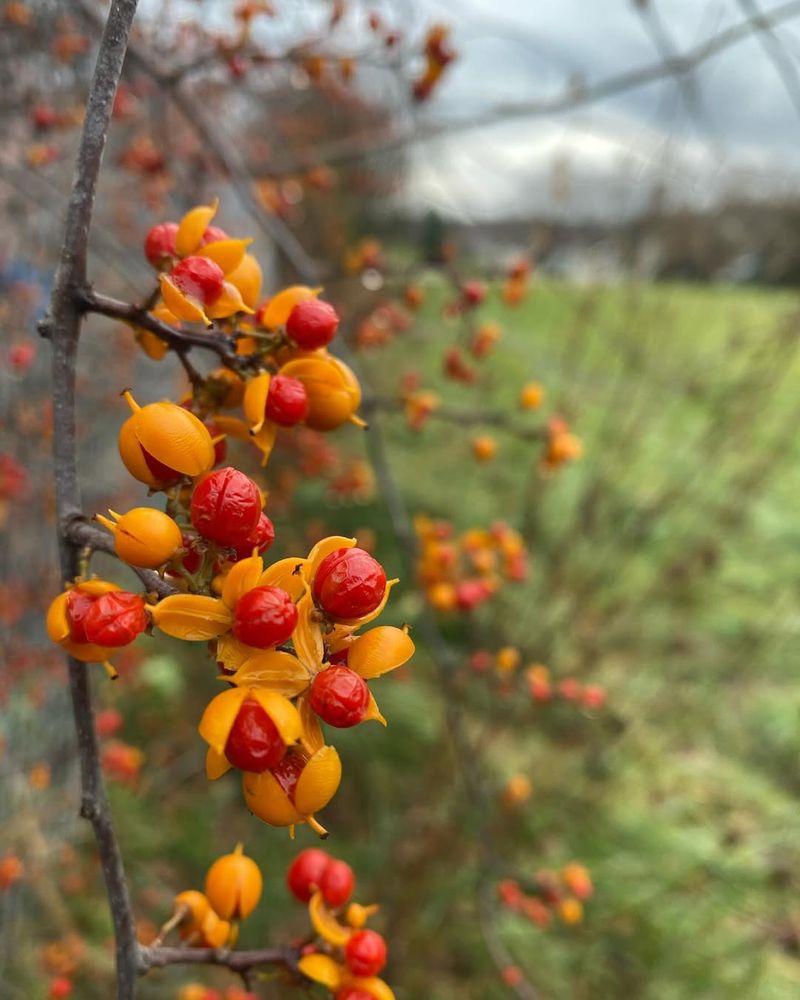You might be surprised to learn that some of your favorite backyard plants could soon be banned in Pennsylvania neighborhoods. State officials are cracking down on invasive species that harm local ecosystems and crowd out native plants.
If you have any of these common garden favorites, you might need to find replacements before new laws take effect.
1. Japanese Barberry
Bright red berries make this shrub a fall favorite, but its invasive roots spread quickly through woodlands. Japanese barberry creates perfect hiding spots for deer ticks that carry Lyme disease, putting families and pets at risk.
Pennsylvania wildlife experts warn that dense barberry thickets push out native plants that songbirds and butterflies need to survive. Removing established shrubs requires digging deep since roots cling stubbornly to soil. Consider native alternatives like winterberry holly for similar seasonal color without environmental harm.
2. Bradford Pear Tree
Those gorgeous white spring flowers smell terrible up close, kind of like rotting fish. Weak branches snap easily during storms, damaging homes and cars throughout Pennsylvania neighborhoods every year.
Originally planted along streets for quick shade, Bradford pears now invade forests and farmland aggressively. Their offspring trees develop nasty thorns and choke out native species that wildlife depends on. Many townships already ban planting new ones, and statewide restrictions seem likely. Native serviceberry trees offer beautiful blooms without the problems.
3. English Ivy
Climbing up walls looks charming in old movies, but English ivy damages brick mortar and wood siding as it grows. Vines strangle trees by blocking sunlight and adding weight that breaks branches during ice storms.
Ground-covering ivy spreads rapidly across forest floors, smothering wildflowers and tree seedlings before they can establish roots. Birds eat the berries and spread seeds everywhere, creating dense mats that nothing else can penetrate. Pennsylvania conservationists recommend native Virginia creeper as a safer climbing alternative.
4. Burning Bush
Fiery autumn leaves earn this shrub its dramatic name and make it a landscaping staple. Unfortunately, burning bush escapes gardens easily and invades natural areas where it outcompetes native plants for water and nutrients.
Seeds spread through bird droppings, establishing new colonies in forests and wetlands across Pennsylvania. Dense growth blocks sunlight from reaching the forest floor, preventing wildflowers from growing. Several neighboring states already restrict sales, and Pennsylvania may follow soon. Native alternatives like Virginia sweetspire provide stunning fall colors responsibly.
5. Purple Loosestrife
Stunning purple flower spikes catch everyone’s eye along roadsides and wetland edges. Each plant produces millions of tiny seeds that travel on wind, water, and animal fur to colonize new territories.
Purple loosestrife transforms marshes and ponds into biological deserts where native cattails and sedges once thrived. Waterfowl lose important nesting habitat and food sources when this aggressive invader takes over. Pennsylvania already lists it as a noxious weed in some counties. Native swamp milkweed attracts butterflies while supporting healthy wetland ecosystems instead.
6. Norway Maple
Massive shade and fast growth made Norway maples popular street trees for decades. Dense leaf canopies block so much sunlight that grass and flowers struggle to grow underneath them in yards.
Shallow roots buckle sidewalks and driveways, creating expensive repair bills for homeowners throughout Pennsylvania suburbs. Seedlings sprout everywhere, invading forests and crowding out native sugar maples that produce better fall colors and syrup. Some Pennsylvania municipalities now prohibit planting them. Red maple and oak trees provide excellent native shade alternatives.
7. Japanese Honeysuckle
Sweet-smelling flowers and nectar-filled blooms bring back childhood memories for many Pennsylvania gardeners. Aggressive vines grow incredibly fast, smothering shrubs, young trees, and everything else in their path within months.
Japanese honeysuckle forms thick blankets over forest edges, killing trees by blocking photosynthesis completely. Birds spread seeds throughout natural areas, creating management nightmares for conservation groups. Pennsylvania forestry officials consider it one of the worst invasive threats. Native coral honeysuckle offers hummingbirds nectar without destructive spreading habits.
8. Multiflora Rose
Farmers once planted this thorny rose as living fences to contain livestock across Pennsylvania countryside. Curved thorns grab clothing and skin painfully, and dense thickets become impenetrable barriers that even deer avoid.
Birds love the small rose hips but spread seeds everywhere, creating massive thorny colonies in pastures, roadsides, and forest edges. Removing established plants requires heavy equipment and protective gear because of vicious thorns. Pennsylvania agriculture officials now recognize it as a serious weed problem. Native shrub roses provide beauty without aggressive behavior.
9. Bamboo
Privacy screens and tropical vibes make bamboo tempting for Pennsylvania backyards. Running bamboo species send underground shoots into neighboring yards, under driveways, and through foundation cracks with surprising force.
Removing unwanted bamboo costs thousands of dollars and requires years of persistent digging and chemical treatment. Clumping varieties behave better but still spread faster than most homeowners expect in Pennsylvania’s climate. Several townships already ban planting bamboo due to neighbor disputes. Native switchgrass or river birch clumps offer privacy without property-line battles.
10. Oriental Bittersweet
Colorful orange and yellow berries make stunning fall wreaths and decorations. Twining vines grow up tree trunks with such strength they eventually strangle and kill even large, mature trees.
Oriental bittersweet vines girdle tree bark, cutting off water and nutrient flow until trees die standing. Pennsylvania forests face serious damage as this invasive spreads through bird-dispersed seeds. Homeowners often mistake it for harmless native bittersweet until trees start dying. American bittersweet provides similar decorative berries without killing your landscape trees or invading forests.

